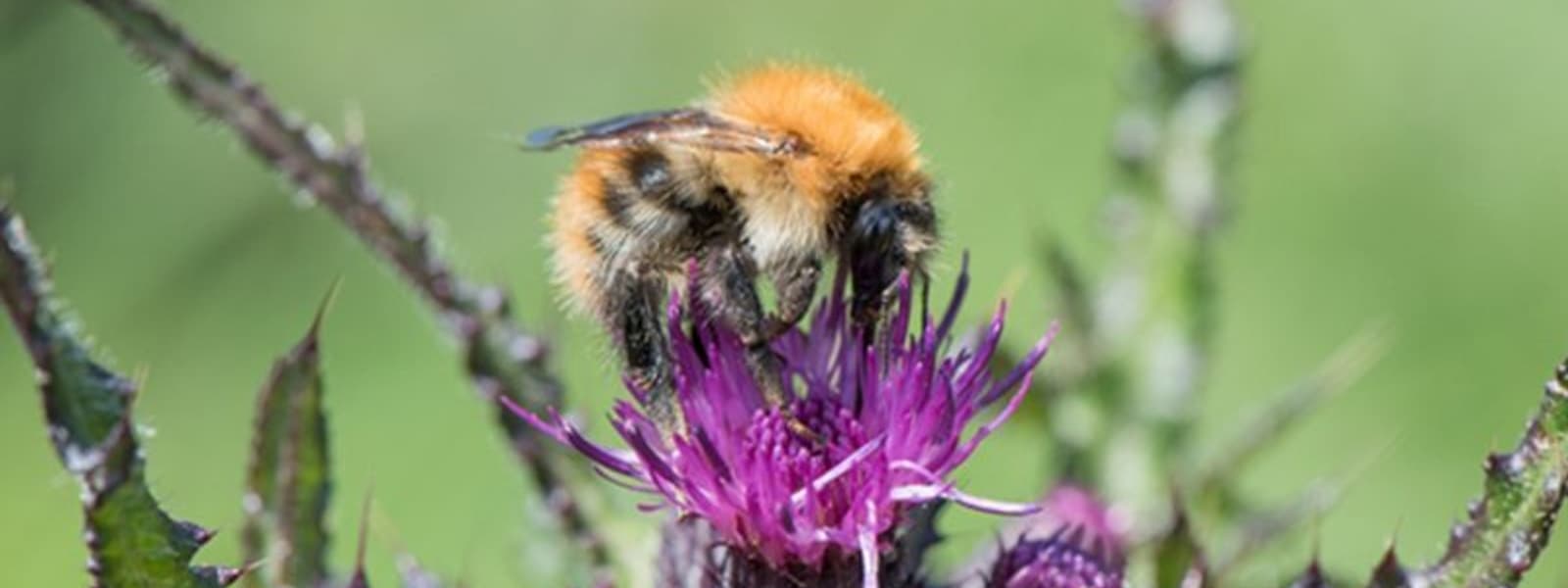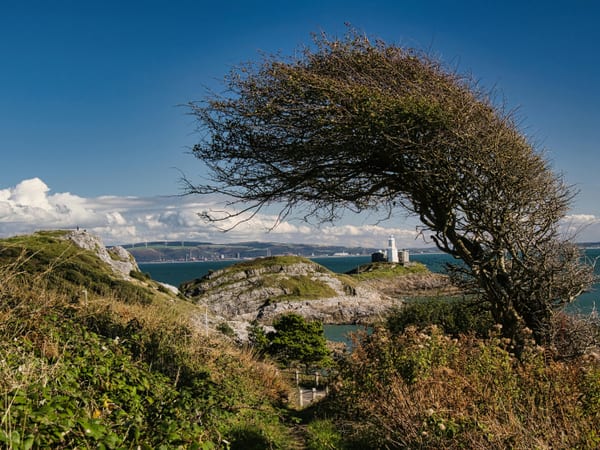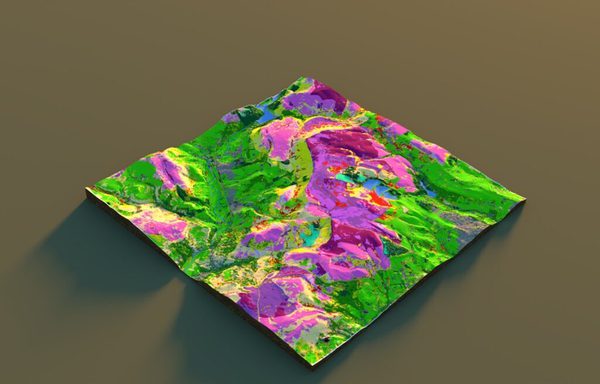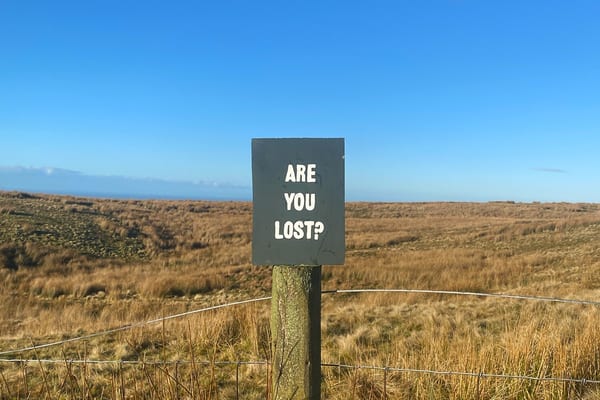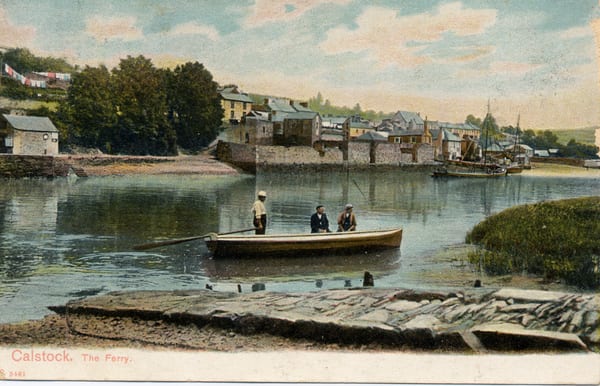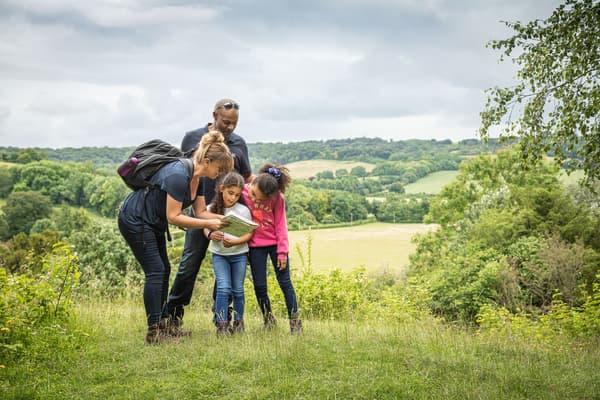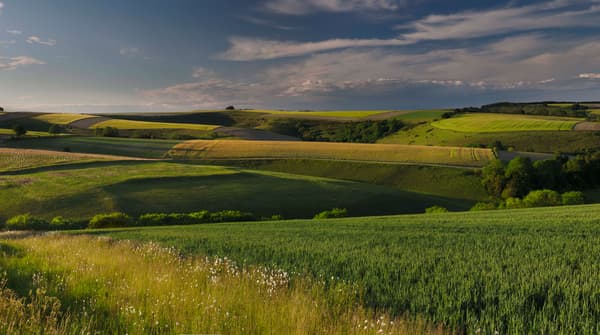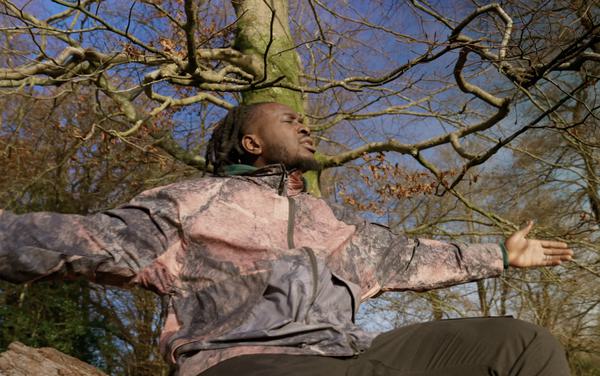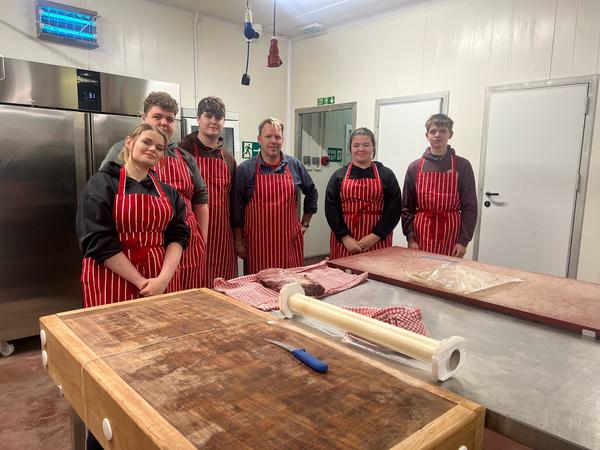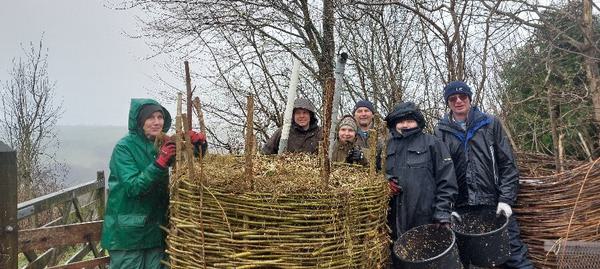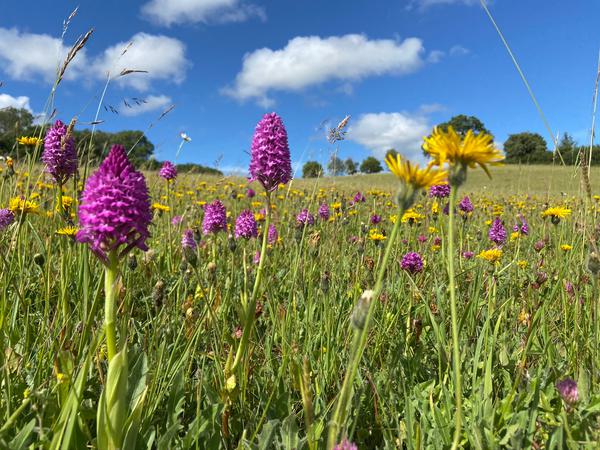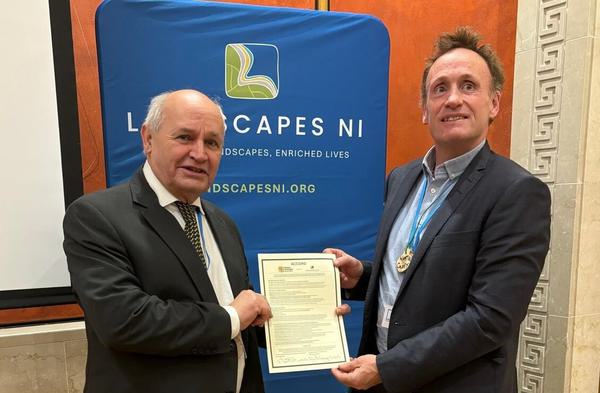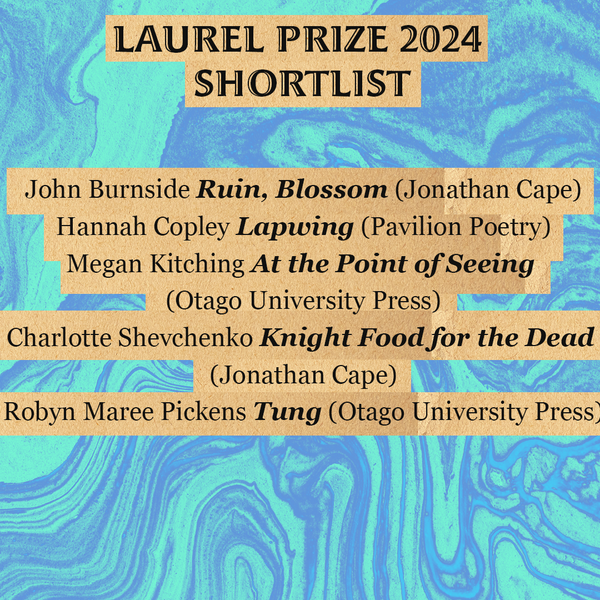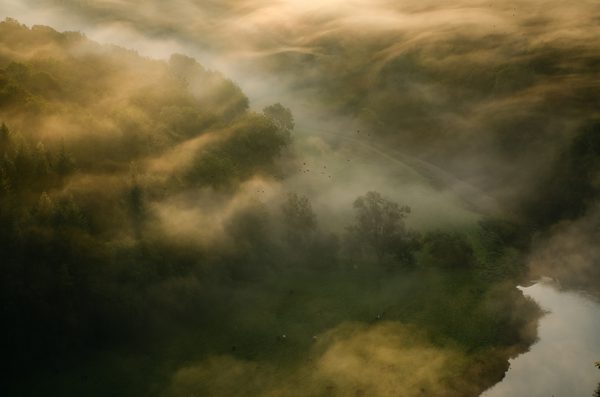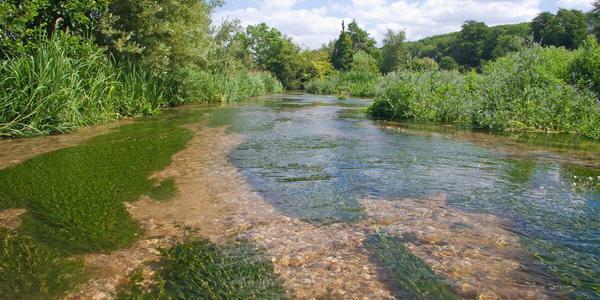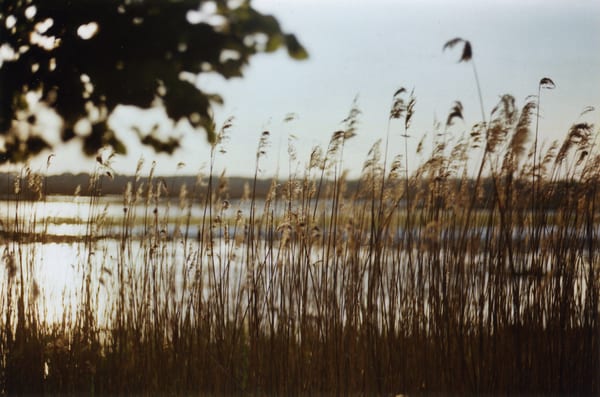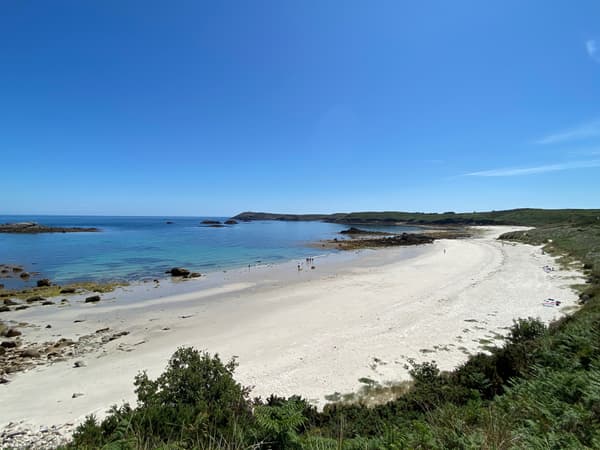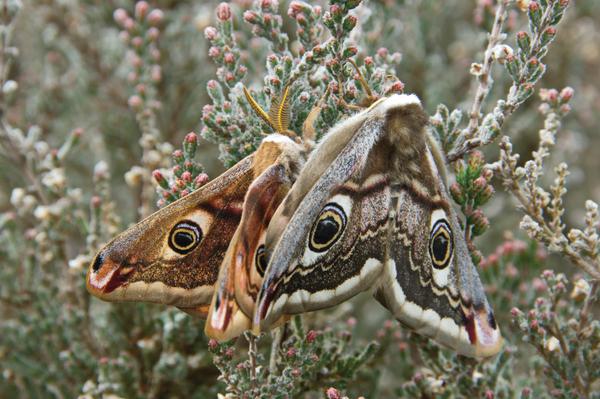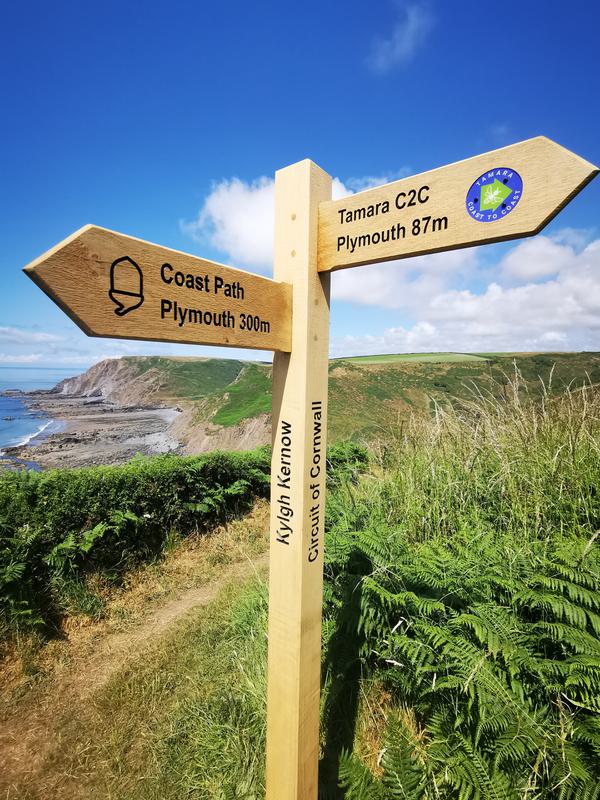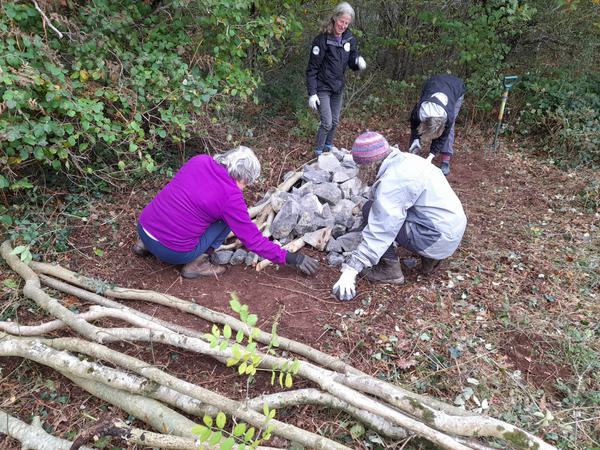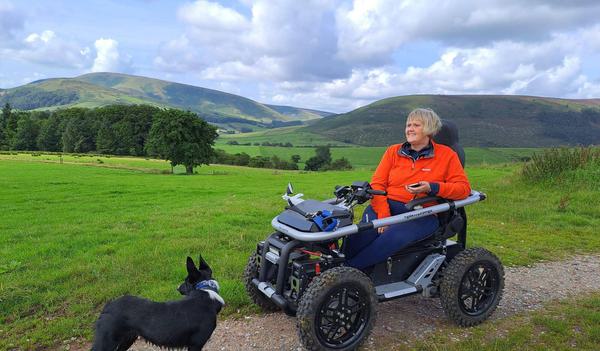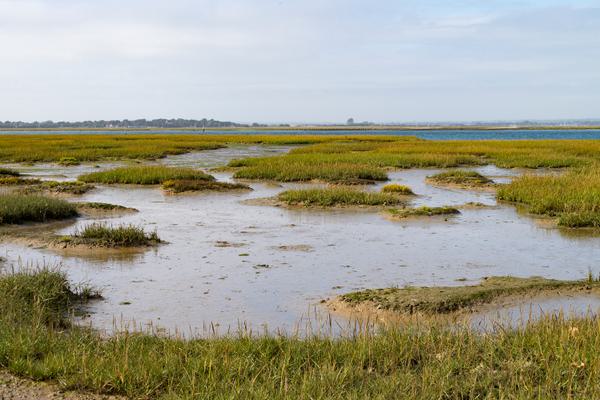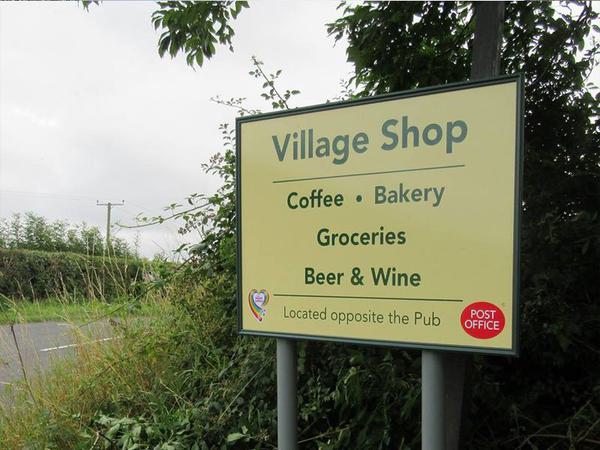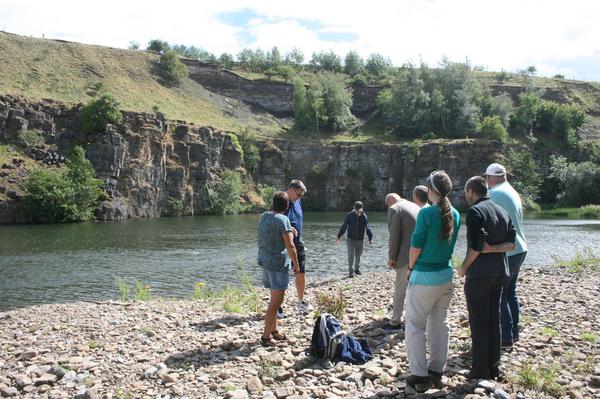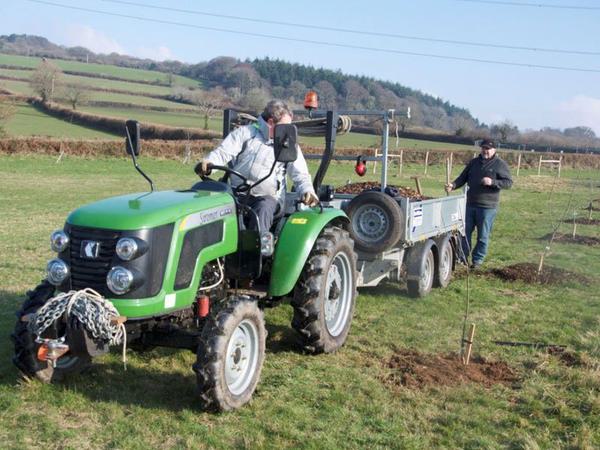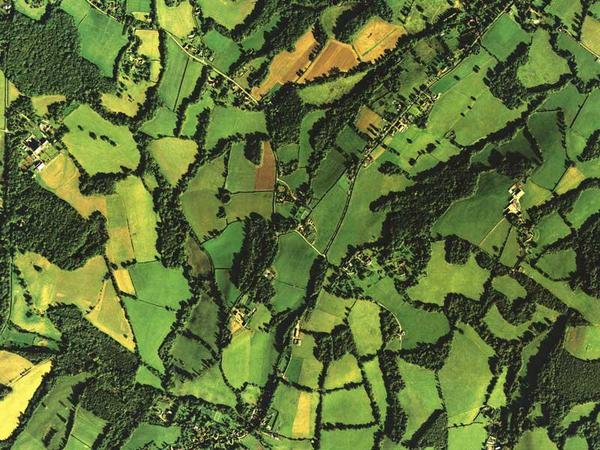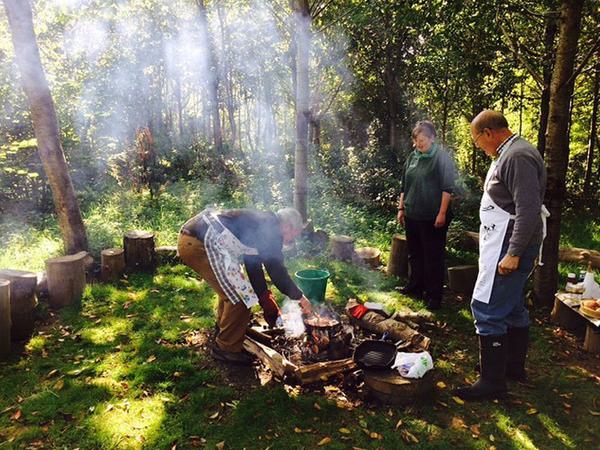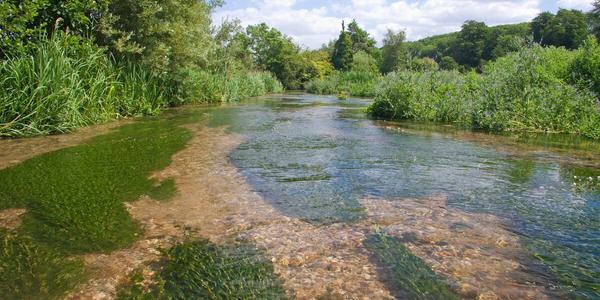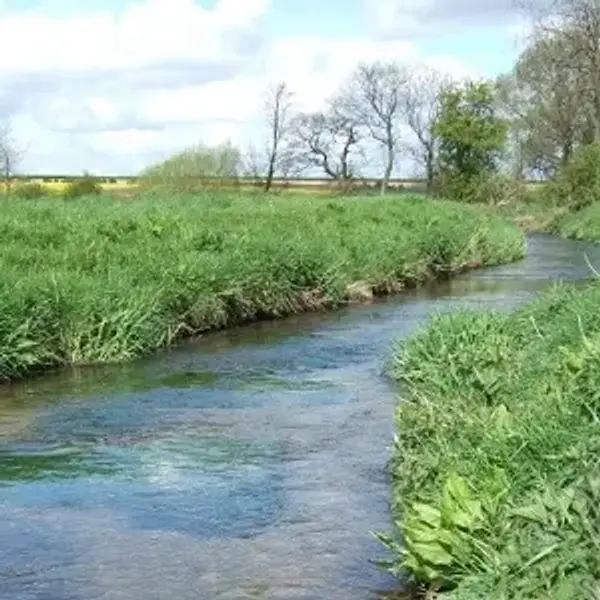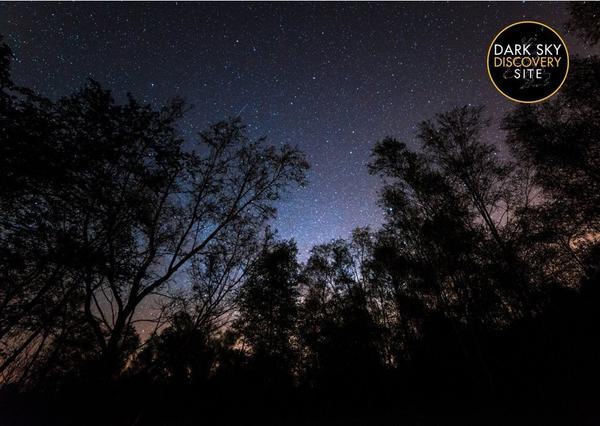Bowland Award 2018 Nominee – Farms for AONBees
Farms for AONBees is a collaboration project between the Environment and Sustainability Institute (ESI) at the University of Exeter and Cornwall AONB. This project transformed the ESI’s award winning computer models of bee behaviour, growth and survival by piloting them as a decision-support tool for farmers and land managers to enhance pollinator conservation and food production. This project has been supported by Cornwall AONB’s key stakeholders from the food and farming sector who championed five high-profile or up and coming farmer stakeholders to pilot the tool to help target their farm management with bees and business in mind. In further collaboration we have developed BEE-STEWARD, which is a user-friendly interface to the bee models that can be used easily by land managers, farmers and advisors to predict the effects of pollinator-friendly options on pollinator survival and pollination rates. This project has huge potential to change the way in which we work across landscapes and to target land management for future Agri-environment schemes that reward enhancement in natural capital.
What was done
Pollinators are in decline which causes serious concerns for the environment, our economy and the health of our population. One of the major drivers of pollinator declines is land-use change and practice and Cornwall AONB has key priorities outlines in our management plan to help enhance pollinator populations across the county. It is therefore essential that we work in collaboration across sectors and across landscapes to try and find solutions to pollinator declines. In November 2016 we started our collaboration and on June 5th 2017 with Dr Grace Twiston-Davies from the ESI (Funded by NERC) and we launched the Farms for AONBees project to enhance Cornwall’s finest landscapes for nature and business based on the ESI’s cutting edge bee computer models.
These bee models enable the user to visualise and predict how different land management options could affect bee colony survival and pollination rates across their farm and their wider landscape. This is because individual farm maps which show where semi-natural habitat and crops are located can be imported into the models, providing the virtual landscape for the virtual bees to interact with by predicting where nesting sites and sources of nectar and pollen are. Although these models focus on bumblebees, recommendations can also benefit other pollinators and other farm wildlife. Every farm and every farmer is different so flexibility in these models is essential and means that a range of farm types and farmer motivations can be catered for.
With 5 key Cornwall AONB partners (National Farmers Union, National Trust, Natural England, Farm & Wildlife Advisory Group, Cornwall Agri-food Council) and their influential farmer champions, we mapped and modelled the effect of different land management changes to their bee populations. Together we tested a variety of different management options in a virtual “safe space” depending on the requirements and interests of the farmer such as adding clover leys, sowing nectar and pollen mixes or increasing the diversity of flowers in grasslands and comparing the most effective Countryside Stewardship options (or equivalent) in terms of cost and benefits to nature. We also gathered essential feedback on how best to integrate this with farm management so then it can be widely adopted and how to make sure this could be used in a future Agri-environment scheme linked to Defra’s 25 year Environment Plan.
Leading on from this from June 2017-May 2018, together we further developed the models by creating a the BEE-STEWARD interface to the bee models in taking on the feedback from our farmers, land managers and land advisors and with partners from South Devon AONB, Natural England and the National Farmers Union. Now we are developing project ideas to work across multiple AONBs and landscapes to make a significant difference to pollinator survival and farmer livelihoods and linking with key businesses across Cornwall. By combing the needs of multiple stakeholders in land management for health pollinator populations and a thriving food and drink industry is essential to the future of our farmed landscapes. The potential impact for this could be very large covering a considerable area of the West and SW England with beneficiaries across the food and farming sector.
Outputs/Outcomes
Successful engagement with 5 key stakeholders in the food and farming sector and their 5 high-profile farmers enabling them to better consider pollinators in their farm management. The models have been used to inform decision making by comparing the effect of 25.2 ha of land under different management options on pollinator survival and pollination rates across 125km2of Cornwall. The impact is evidenced in the dedication of these stakeholders to be involved in the future of Farms for AONBees and in their feedback stating that participating so far has helped then proactively plan for pollinators.
We have now worked with 8 key farmers to map and predict how management changes can enhance pollinator survival and are planning for how to grow this in the future. We have done this by linking the Farms for AONBees project with ESI student research projects supervised by Grace Twiston-Davies.
We have held 2 Farms for AONBees workshops at the last 2 Cornwall AONB conferences (2017, 2018).
We have collaborated on a creative interpretation of Farms for AONBees entitled “6000 flowers” with an exhibition and local and social media coverage. 6000 flowers collaborated with local artist Josie Purcell to highlight the huge number of flowers bumblebee queens may visit in the spring to collect enough nectar and pollen to establish their nests and to showcase how we are working with farmers to try and increase floral resources across Cornwall’s landscapes. The exhibition showcased 12 original landscape prints and our impact was measured by distributing 600 postcards throughout the exhibition period between 20thMarch – 12thMay 2017 at the ESI’s Creative Exchange and to the 120 delegates at the Cornwall AONB conference (20th May 2017).
A Farms for AONBees dedicated stand at the Royal Cornwall Show (8th-10thJune 2018) and market place at the 2017 Landscapes for Life conference.
We have collaborated on a follow-on project BEE-STEWARD, in collaboration with South Devon AONB, The National Farmers Union and Natural England to create a user-friendly interface to the bee models so then land owners, land managers and land advisors can use the model in their decision making. This 1 year project (June 2017-May-2018) was funded by NERC and led by the ESI. www.beesteward.co.uk
Recently we have collaborated on an event “Creating a buzz for the environment” for 50 delegates across sectors from tourism, hospitality, food and drink and land owners on 15thJune 2017, showcasing how they can work all together to help bees and business thrive. www.unlocking-potential.co.uk/cornish-businesses-look-ways-to-protect-bees
Cornwall AONB has recently won £56K from HLF for the 2 year Wheal Buzzy project focusing on solitary mining bee conservation and community engagement.
Learning
This project was co-designed between the ESI and Cornwall AONB to work in collaboration with their key stakeholders in the food and farming sector and their most influential farmers. By working with these key stakeholders we were able to test run the models on a range of farm maps and management options, discovering what users wanted as outputs help us to shape the future direction of the models as effective decision-support tools for pollinator conservation and food production. Working collaboratively in this way is the key to providing a long-term, landscape-scale solution and by effectively engaging a set of high-profile, influential and up and coming farmers, gives the project the potential to extend impacts beyond the duration of the project time frame.
Farms for AONBees, makes the most of working in collaboration with a research institute by translating cutting edge research to solve real-world problems and make positive changes to our environment. The project highlighted 3 key recommendations for future work that could be transferrable to other landscapes and other AONBs: Even small changes in management could make a big difference to the number of bumblebees; farm-scale management could increase landscape-scale bumblebee survival; by planting the right flowers in the right place we could benefit bees and business.
The success and future potential of Farms for AONBees is due to working closely and a shared vision between key partners, requiring considerable hard work and dedication. We now have strong foundations to further develop Farms for AONBees in the future and help target landscape-scale farm management under Defra’s 25 year Environment Plan.
Links
Cornwall AONB blogs
- World environment day see farms for AONBees project expand to bring more benefits to Cornish bees and farmers
- 6000 flowers arts project creates a buzz for bumblebees as Cornwall welcomes the first day of spring
ESI blogs
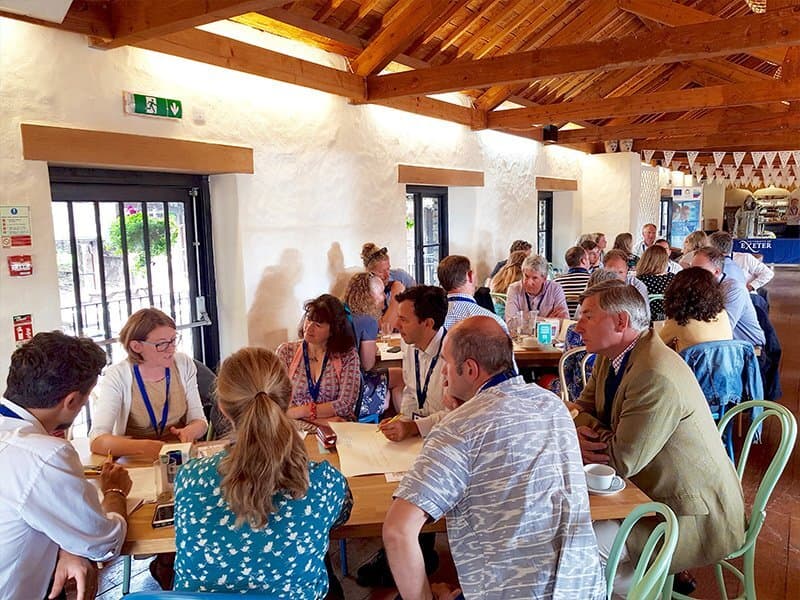
If we don’t have our pollinators, that makes it very, very difficult for us to produce food. The objectives for farmers and the objectives for conservationists are absolutely aligned on this issue. Farmers need bees, farmers need pollinators and we want to see bees conserved in the landscape. It’s a win, win – there are no downsides to this, so the more farmers and land managers that can get involved with Farms for AONBees the better really.
Colette Beckham, Cornwall AONB Partnership Manager
The ‘Farms for AONBees’ team came up, showed us where the bee colonies were likely to be, then showed us all the different options that we could choose for ways to manage our areas that we don’t crop and showed us just by making a few small changes we can increase the pollinators around, which will in turn will have a benefit to our crops that we’re growing,
Participant - Joe Dunstan, Farmer, Cousin Jack Ltd, Cornwall
Subsidies might not be the same in a few years, so we have to look at utilising our ground as effectively as possible. We really just want to see a healthier environment on our farm, so ‘Farms for AONBees’ is helping us now choose what seeds we’re going to put in where, choose which options we can use for the Countryside Stewardship and really make an informed choice as to what we’re going to do.
Participant - Jenny Dunstan, Farmer, Jenny’s Beef Ltd, Cornwall
